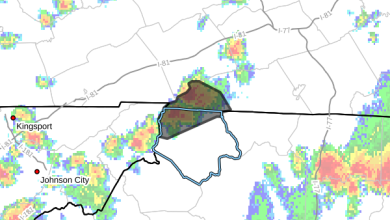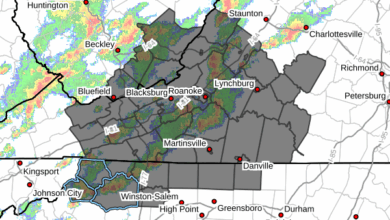Last Updated on February 12, 2022 7:04 pm
CDC and public health and regulatory officials in several states are investigating a multistate outbreak of Salmonella linked to raw turkey products. The U.S. Department of Agriculture’s Food Safety and Inspection Service (USDA-FSIS) is monitoring the outbreak.
Ninety people from 26 states have been infected with the outbreak, including three in North Carolina. Forty people nationwide have been hospitalized but no deaths have been reported. Epidemiologic and laboratory evidence indicates that raw turkey products from a variety of sources are contaminated with Salmonella.
In interviews with the Center for Disease Control and Prevention (CDC), ill people report eating different types and brands of turkey products purchased from many different locations. Two ill people lived in a household where raw turkey pet food was fed to pets. The outbreak strain has been identified in samples taken from raw turkey pet food, raw turkey products, and live turkeys. A single, common supplier of raw turkey products or of live turkeys has not been identified.
The outbreak strain of Salmonella is present in live turkeys and in many types of raw turkey products, indicating it might be widespread in the turkey industry. CDC and USDA-FSIS have shared this information with representatives from the turkey industry and asked about steps that they may be taking to reduce Salmonella contamination.
CDC is not advising that consumers avoid eating properly cooked turkey products, or that retailers stop selling raw turkey products.
CDC advises consumers to follow these steps to help prevent Salmonella infection from raw turkey:
- Wash your hands. Salmonella infections can spread from one person to another. Wash hands before and after preparing or eating food, after contact with animals, and after using the restroom or changing diapers.
- Cook raw turkey thoroughly to kill harmful germs. Turkey breasts, whole turkeys, and ground poultry, including turkey burgers, casseroles, and sausage, should always be cooked to an internal temperature of 165°F to kill harmful germs. Leftovers should be reheated to 165°F. Use a food thermometer to check, and place it in the thickest part of the food.
- Don’t spread germs from raw turkey around food preparation areas. Washing raw poultry before cooking is not recommended. Germs in raw poultry juices can spread to other areas and foods. Thoroughly wash hands, counters, cutting boards, and utensils with warm, soapy water after they touch raw turkey. Use a separate cutting board for raw turkey and other raw meats if possible.
- CDC does not recommend feeding raw diets to pets. Germs like Salmonella in raw pet food can make your pets sick. Your family also can get sick by handling the raw food or by taking care of your pet.
CDC will update the advice to consumers and retailers if more information comes available, such as a supplier or type of raw turkey product linked to illness.
Symptoms of Salmonella Infection
- Most people infected with Salmonella develop diarrhea, fever, and stomach cramps 12 to 72 hours after being exposed to the bacteria.
- The illness usually lasts 4 to 7 days, and most people recover without treatment.
- In some people, the diarrhea may be so severe that the patient needs to be hospitalized. Salmonella infection may spread from the intestines to the bloodstream and then to other places in the body.
- In rare cases, Salmonella infection can cause death unless the person is treated promptly with antibiotics.
- Children younger than 5 years of age, adults older than 65 years of age, and people with weakened immune systems are more likely to have severe illness.
- For more information, see the CDC Salmonella website.















